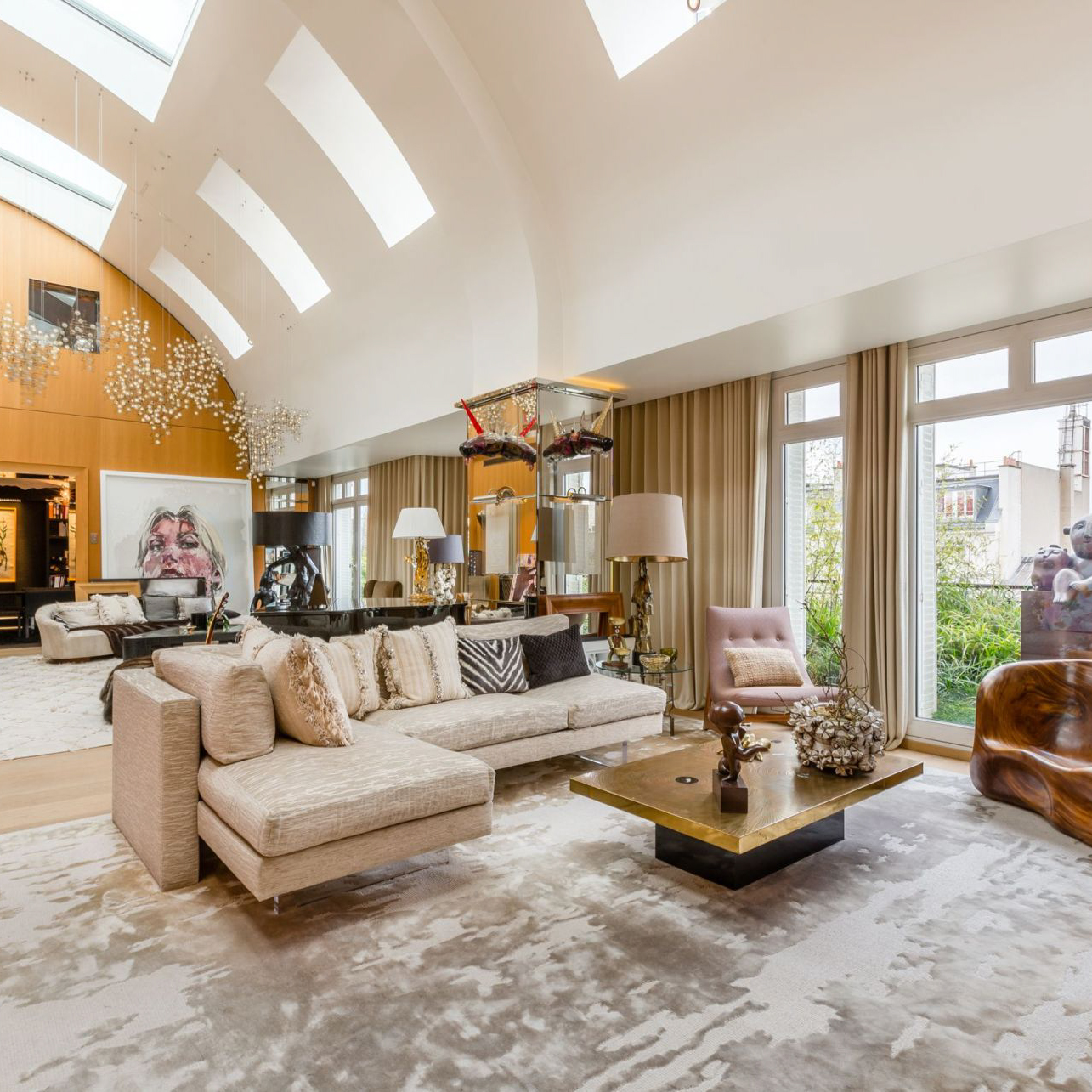Introduction
False ceilings, also known as dropped or suspended ceilings, have become increasingly popular for their aesthetic appeal, acoustic benefits, and energy efficiency. One commonly used type of false ceiling design is the plain false ceiling.
In this article, we will delve into the world of plain false ceilings, exploring their features, benefits, and uses in modern architecture. We will also look at some inspiring examples of plain false ceiling designs, and consider some factors to keep in mind when choosing and installing a plain false ceiling in your own space.
What are Plain False Ceilings?
Plain false ceilings are characterized by their minimalism, simplicity, and sleekness. Unlike many other types of false ceilings, plain false ceilings are not heavily decorated or patterned. Instead, they offer a smooth, flat surface that provides an even and unobtrusive backdrop for other design features.
Plain false ceilings are typically made of gypsum board, which is a lightweight and fire-resistant material commonly used in construction. They are installed by suspending a metal frame from the existing ceiling, and then attaching the gypsum board to this frame. The result is a seamless and polished look that is both practical and visually appealing.
Benefits of Plain False Ceilings
There are many reasons why people choose plain false ceilings for their spaces. Some of the key benefits of plain false ceilings include:
Aesthetic appeal:
Plain false ceilings have a clean and streamlined aesthetics that can complement a wide range of interior design styles. They can make a room feel more spacious and sophisticated, and can help to create a sense of depth and contrast.
Acoustics:
Plain false ceilings can also help to improve the acoustics of a room by absorbing sound and reducing echoes. This can be particularly useful in larger or more open spaces where noise can be an issue.
Energy efficiency:
By lowering the height of the ceiling, plain false ceilings can reduce the volume of air that needs to be heated or cooled in a room. This can result in lower energy bills and improved comfort.
Examples of Plain False Ceiling Designs
There are countless options when it comes to plain false ceiling designs. Here are some inspiring examples:
Minimalist:
A simple and understated plain false ceiling design can be a great option for modern or minimalist spaces. A white gypsum board ceiling with no visible seams or fixtures can create a clean and unobtrusive look that sets the stage for other design features.
Geometric:
Alternatively, plain false ceilings can be used to create more intricate and eye-catching designs. A geometric gypsum board ceiling with exposed metal framing can add a touch of drama and visual interest to a room without overwhelming other design elements.
Textured:
If you want to add some texture to your plain false ceiling, consider choosing a gypsum board with raised or embossed patterns. This can create a subtle and interesting 3D effect that adds depth and dimension to the space.
Factors to Consider When Choosing and Installing a Plain False Ceiling
If you’re thinking about installing a plain false ceiling in your own space, here are some factors to keep in mind:
Budget:
Installing a false ceiling can be a significant investment, so it’s important to have a clear idea of your budget before you start. Plain false ceilings can be more cost-effective than other types of false ceilings, but the overall cost will depend on factors such as the size of the space and the complexity of the design.
Functionality:
Think about the intended function of the space when choosing a plain false ceiling design. For example, if the room will be used for sound recording, a more heavily textured or acoustic gypsum board may be necessary.
Installation:
Finally, make sure to choose a reputable and experienced contractor to install your plain false ceiling. This will ensure that the job is done correctly and safely, and will minimize the risk of any issues arising in the future.

















